Kaitlyn Cimino / Android Authority
While our love affair with the idea of a Pixel Watch goes back many years, the more important relationship developing has been that of Google and Fitbit. Ever since the former acquired the latter in a whopping $2.1 billion deal, we’ve been eager to see how the combination might actually play out on a wearable device from the search giant. At long last, Google’s first smartwatch is here and we’re all ready to see how well the Pixel Watch actually integrates with Fitbit’s extensive fitness tracking suite. Let’s take a look at the Fitbit features you can access on the Pixel Watch — and the ones you can’t.
Which Fitbit features does the Google Pixel Watch have?
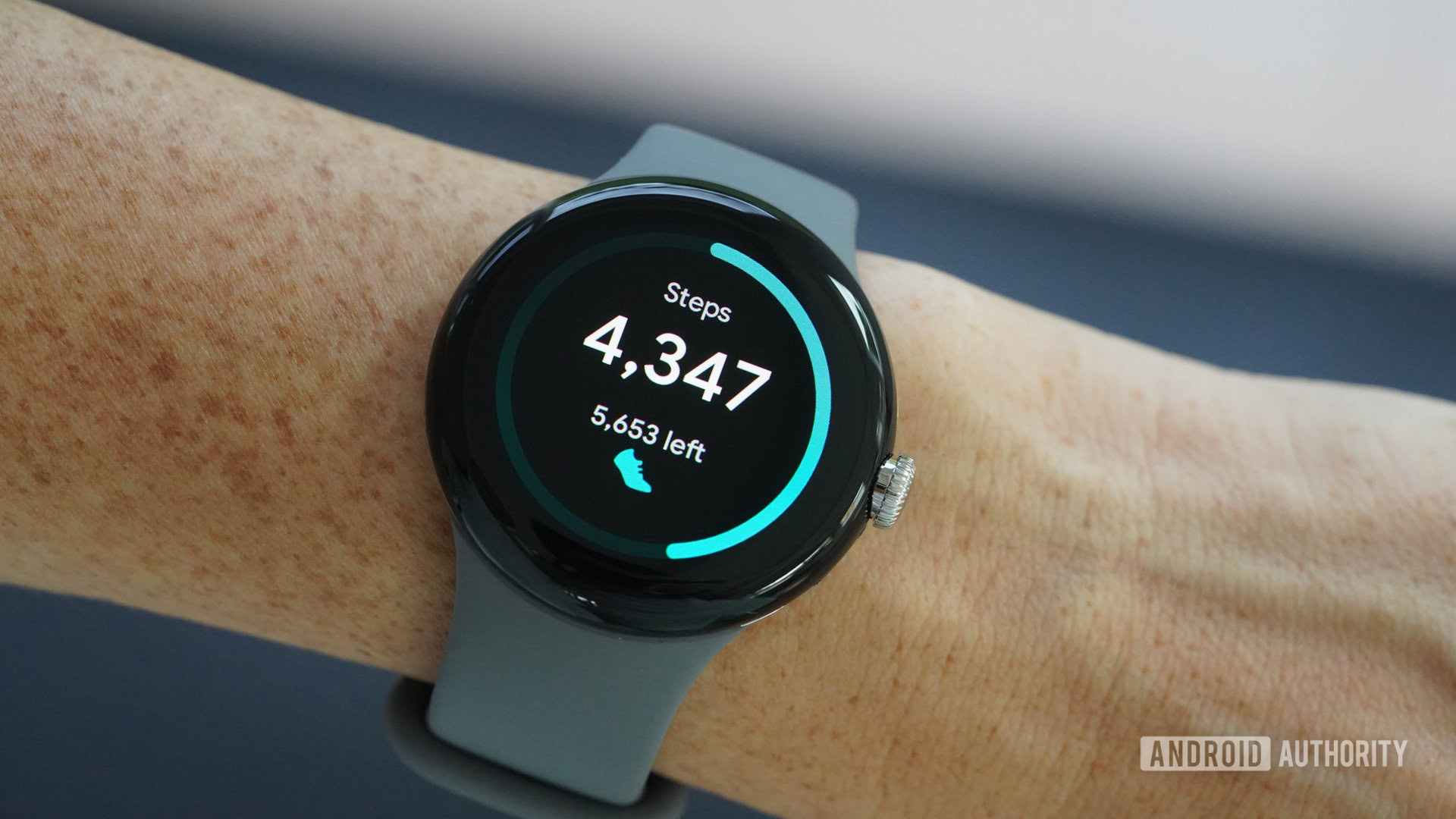
Kaitlyn Cimino / Android Authority
In a deep sea of smartwatch competition, native Fitbit integration is the Pixel Watch’s calling card. This is clear right from the get-go with Fitbit stats on default watch faces and a similar navigation experience to the (sadly underwhelming) Fitbit Sense 2. Via Fitbit’s fitness suite, the Pixel Watch tracks users’ all-day activity including steps, floors, and distance, plus calories and heart rate. It also offers Fitbit’s impressive platform for collecting and analyzing sleep data.
Workouts
Fitness tracking on the Pixel Watch is thoroughly Fitbit. For starters, users can access 40 exercise modes ranging from running to yoga to kayaking. Once you tap into Fitbit Exercises, your three most recent workout types will pin to the top. However, when you want to mix things up, you’ll need to scroll through the extensive offerings.
After you complete a workout, you can also review your activity data in the Fitbit app. You’ll find added information about your Heart Rate Zones and Activity Zone Minutes and can check in on goals. In the screenshot above, all of our reviewer’s walks were automatically detected by the Pixel Watch and recorded in the Fitbit app after the fact. The hike, on the other hand, was manually started.
On-screen stats
For each exercise, the Pixel Watch displays a number of useful stats. These can be customized by simply tapping the exercise you wish to start, swiping up, and tapping Stats displayed. From here you can determine which data points you want to prioritize.
For example, a biking exercise displays a user’s distance, heart rate, time, and mph by default. Mid-workout, you can swipe left to access even more details including speed, elevation, elevation gain, and Active Zone Minutes. However, if you would prefer to see your elevation on the main screen, you can swap that data in for one of the others. For workouts that utilize GPS, the watch also displays a GPS connection status on the main screen.
Active Zone Minutes
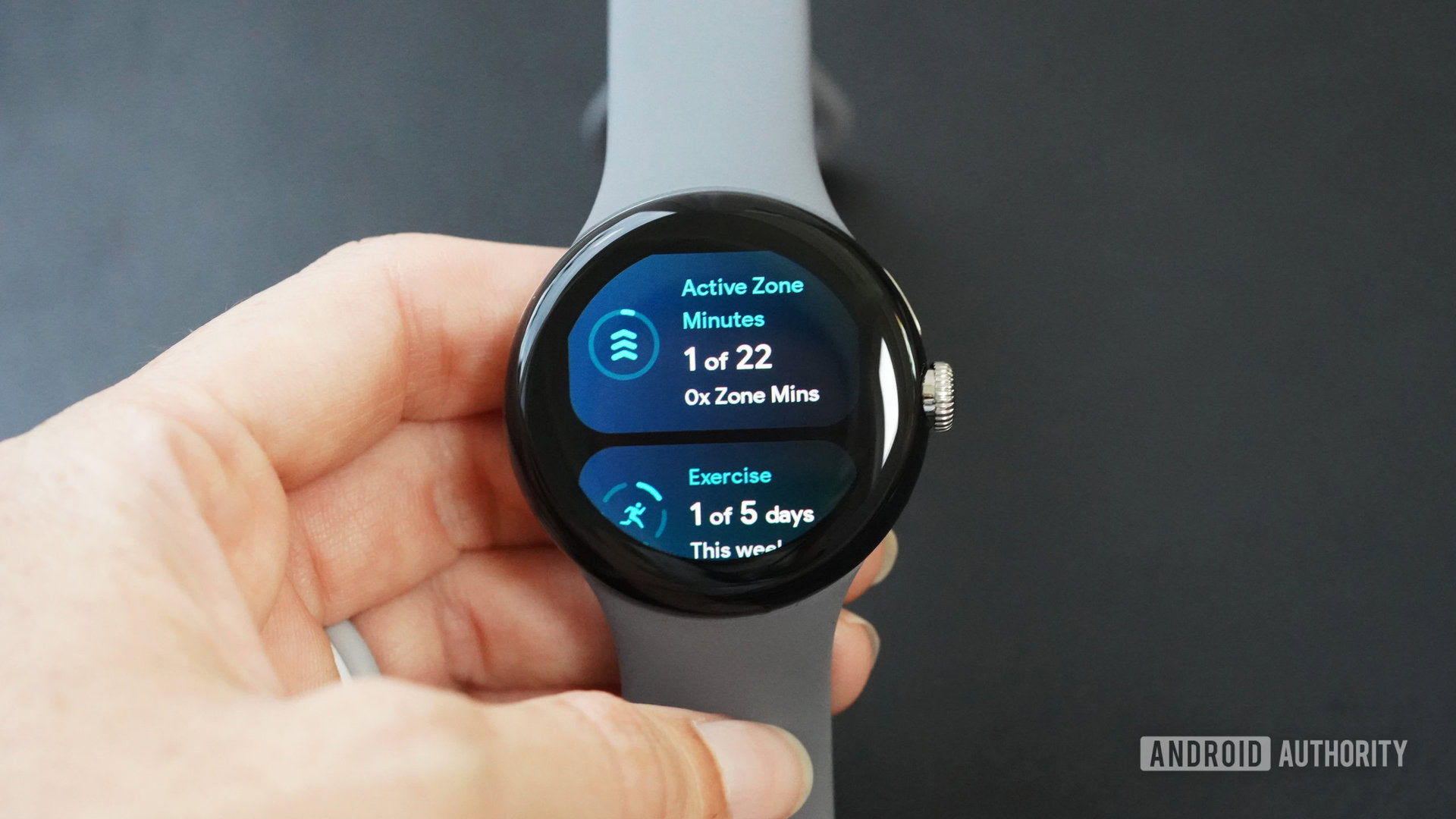
Kaitlyn Cimino / Android Authority
Pixel Watch owners can also track their activity in terms of Fitbit’s useful Active Zone Minutes. This metric aims to help wearers achieve 150 minutes of moderate to vigorous activity per week, as recommended by the American Heart Association (AHA) and World Health Organization (WHO). As always, workouts in cardio or peak heart rate zones earn double minutes.
Sleep tracking
Fitbit’s sleep tracking is among the best in the business and one of our favorite aspects of the Fitbit ecosystem. The Pixel Watch will automatically track how long users sleep each night as well as provide sleep stage data. With a Fitbit Premium membership (more on that later), Pixel Watch wearers can access additional sleep analysis in the Fitbit app.
Which Fitbit features are missing from the Google Pixel Watch?
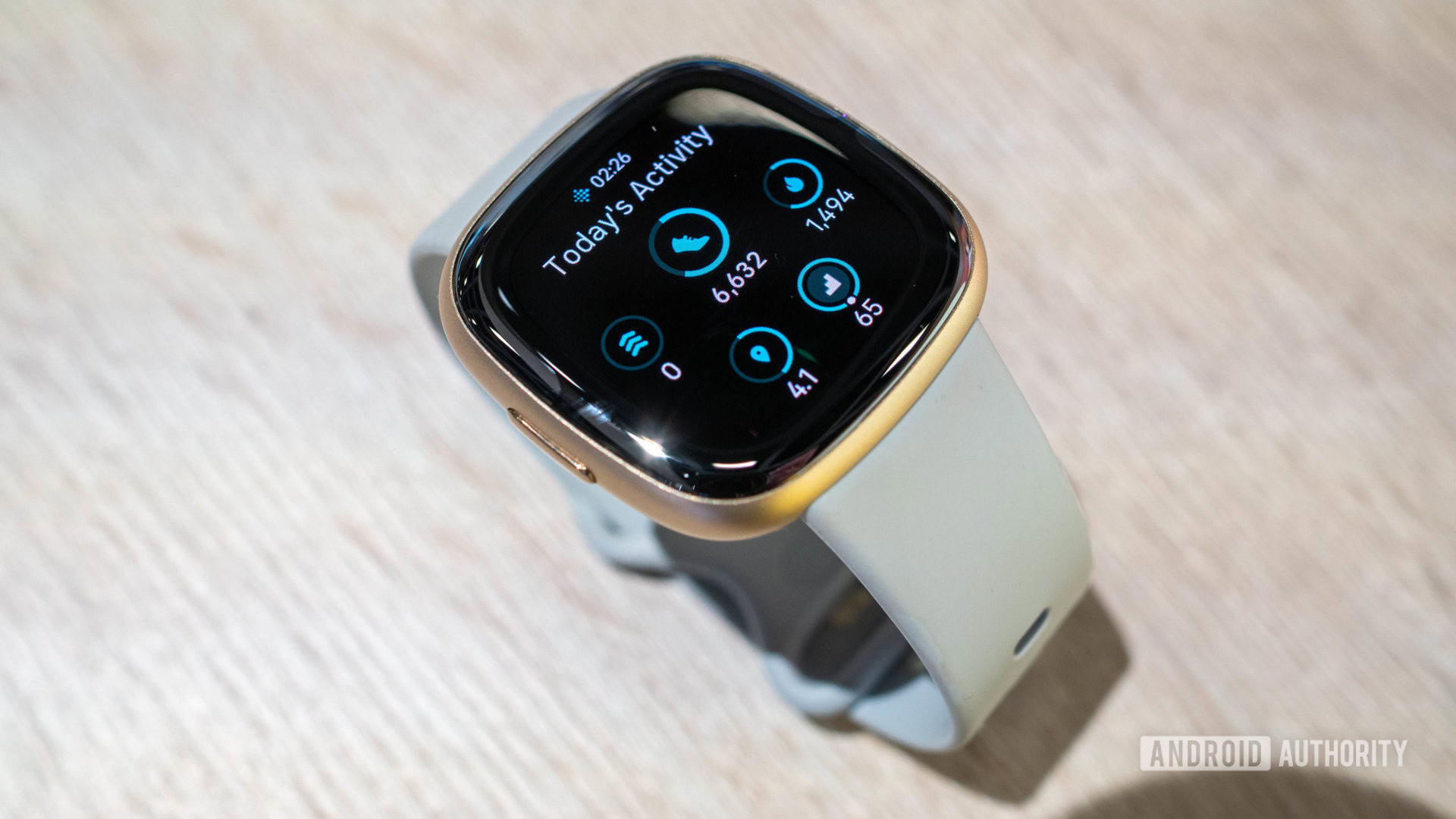
Kris Carlon / Android Authority
Not everything we love about Fitbit made its way to the Pixel Watch. Below are some fairly common Fibtit tools that are currently M.I.A.
- Irregular heart rate detection: While the Pixel Watch’s heart rate sensor seems to be a headlining feature, the device does not offer high/low heart rate notifications. This is especially odd since these notifications are a staple on many Fitbit wearables.
- SpO2 monitoring: The Google Pixel Watch does feature an SpO2 sensor. However, SpO2 tracking is not currently enabled and there is no official word on when it will be. This is common on many Fitbits and even some super-budget fitness trackers, so it’s a curious omission to say the least.
- Automatic exercise recognition: Unlike many devices in the market — including those from the Fitbit stable — users also won’t find automatic workout detection on the Pixel Watch. While the watch does not currently offer Auto Start, Stop and Pause, it can detect a workout after you’ve completed it and will record the data in the Fitbit app.
- On-wrist cycle tracking: In the Fitbit app, users can log periods, record symptoms, and estimate ovulation. However, there are no cycle-tracking features on the Pixel Watch at all. Given the progress of competitors in this arena, this oversight is a major disappointment.
- Sleep Profile support: Another slightly baffling omission, the Pixel Watch does not seem to support Fitbit’s new Sleep Profile program.
- Swim strokes: You don’t have to be Michael Phelps to enjoy a solid swim workout, but you do need a different watch if you want your strokes counted. Given the device’s 5ATM water resistance we would have loved to see more comprehensive tracking for pool and open-water workouts.
- Guided breathing: For finding calm, Pixel Watch users will have to look elsewhere as well. The device does not offer on-wrist breathing exercises.
- Smart Wake alarms: The Pixel Watch offers regular alarms that will wake you at a predetermined time. The watch doesn’t support Smart Wake which optimizes your rest by waking you during light sleep within 30 minutes of your set alarm.
- Fitbit Pay: The Google Pixel Watch does not offer Fitbit Pay, instead it supports Google Wallet. This one isn’t a loss anyone should be bothered about.
What about heart rate monitoring?
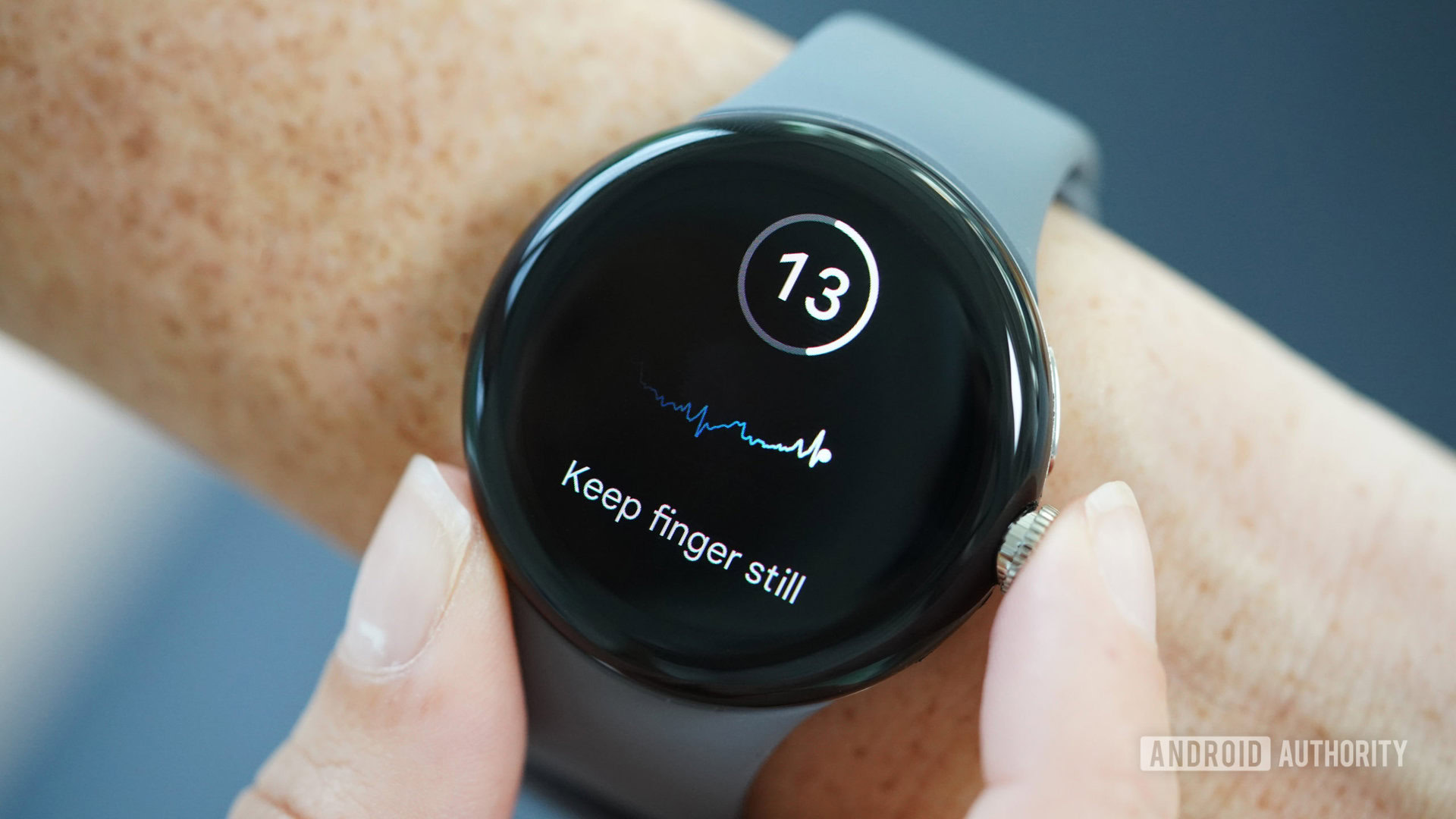
Kaitlyn Cimino / Android Authority
The Pixel Watch houses a different heart rate sensor than even the top-tier Fitbit devices. According to both Fitbit and Google, it is the most accurate heart rate sensor suite either company offers. However, the Pixel Watch does not offer irregular heart rate notifications like other devices. You can, however, use the Pixel Watch to assess your heart rhythm for signs of atrial fibrillation (AFib). To do so you will need to download the compatible ECG app.
Once you open the Fibit ECG app on your watch, you’ll be prompted to grant permissions on your paired phone. After you complete the reading, your results will display on your screen. If you want to revisit your results later you can find them in the Discover tab of the Fitbit app under Assessments & Reports. You can also add the ECG app as a tile for easy access the next time you want to take a measurement.
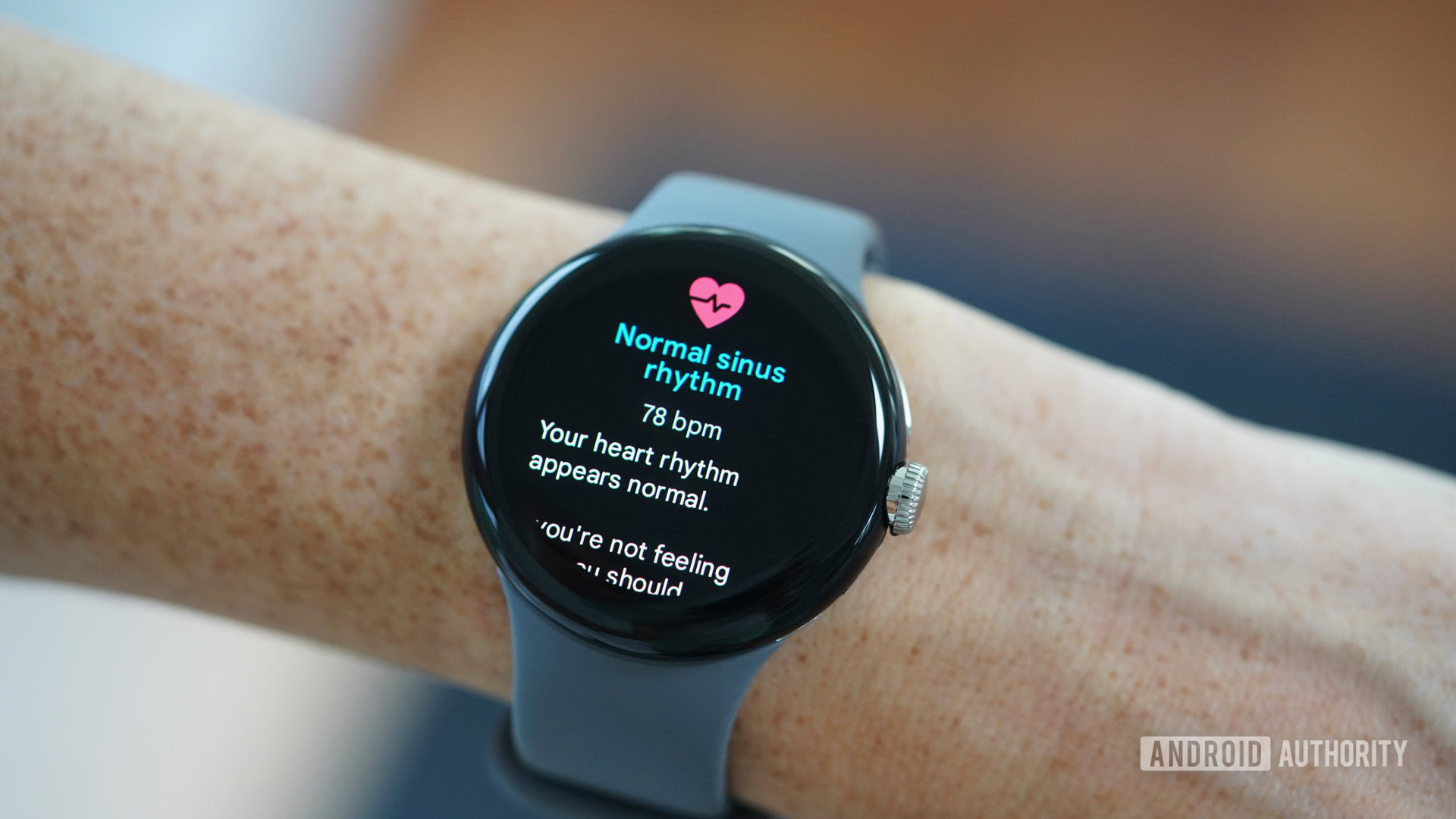
Kaitlyn Cimino / Android Authority
So far, we’ve not had especially good luck with the ECG app. One of our testers received inconclusive results from nearly half of her attempts. We’re hoping these bugs will be worked out with a future update.
Fitbit Premium
One unfortunate (but perhaps expected) carry-over from Fitbit’s stable is the subscription fee for Fitbit Premium. A few of the watch’s top features are only available with a Premium Membership. At purchase, Pixel Watch buyers receive a free six months of membership but once the clock runs out many important tools will be locked behind a paywall — check the list below or our Fitbit Premium guide for more on what features to expect.
- Daily Readiness
- Breathing rate
- Heart Rate Variability (HRV)
- Sleep Restoration
- Stress Management Score
- Health Metric
- Detailed Sleep Score breakdown
- Additional workouts from Fitbit trainers and partner brands in the Fitbit app
- Games and challenges in the Fitbit app
- Mindfulness Sessions in the Fitbit app
You can’t use a Pixel Watch and a Fitbit device on the same account
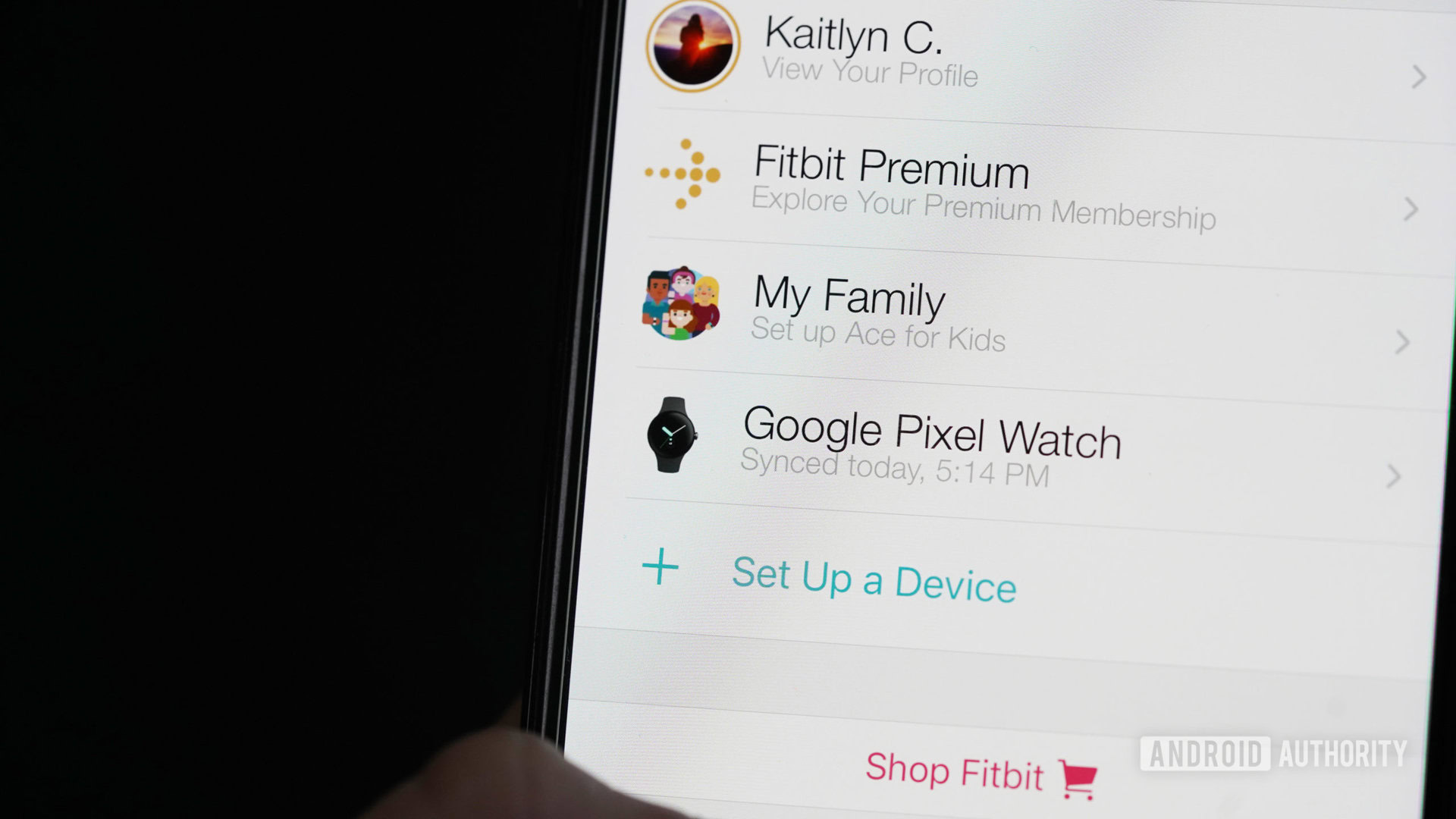
Kaitlyn Cimino / Android Authority
If you’ve been loyally repping an older Versa watch and this is your first swap in a few years, you may also be surprised to find out that you can longer house multiple Fitbits on the same account. For context, Garmin users will know that you can have multiple devices linked to your Garmin Connect profile and can swap into whichever wearable suits your need on a given day. This previously was the case with Fitbit as well.
This change may have gone unnoticed by many but it’s worth considering. If you’re already a Fitbit user and you purchase the Pixel Watch, you will have to disconnect your current daily driver. If you are someone who likes to switch between trackers and watches depending on your activity, that’s not an option unless you mix ecosystems.
Pixel Watch and Fitbit: What’s next?
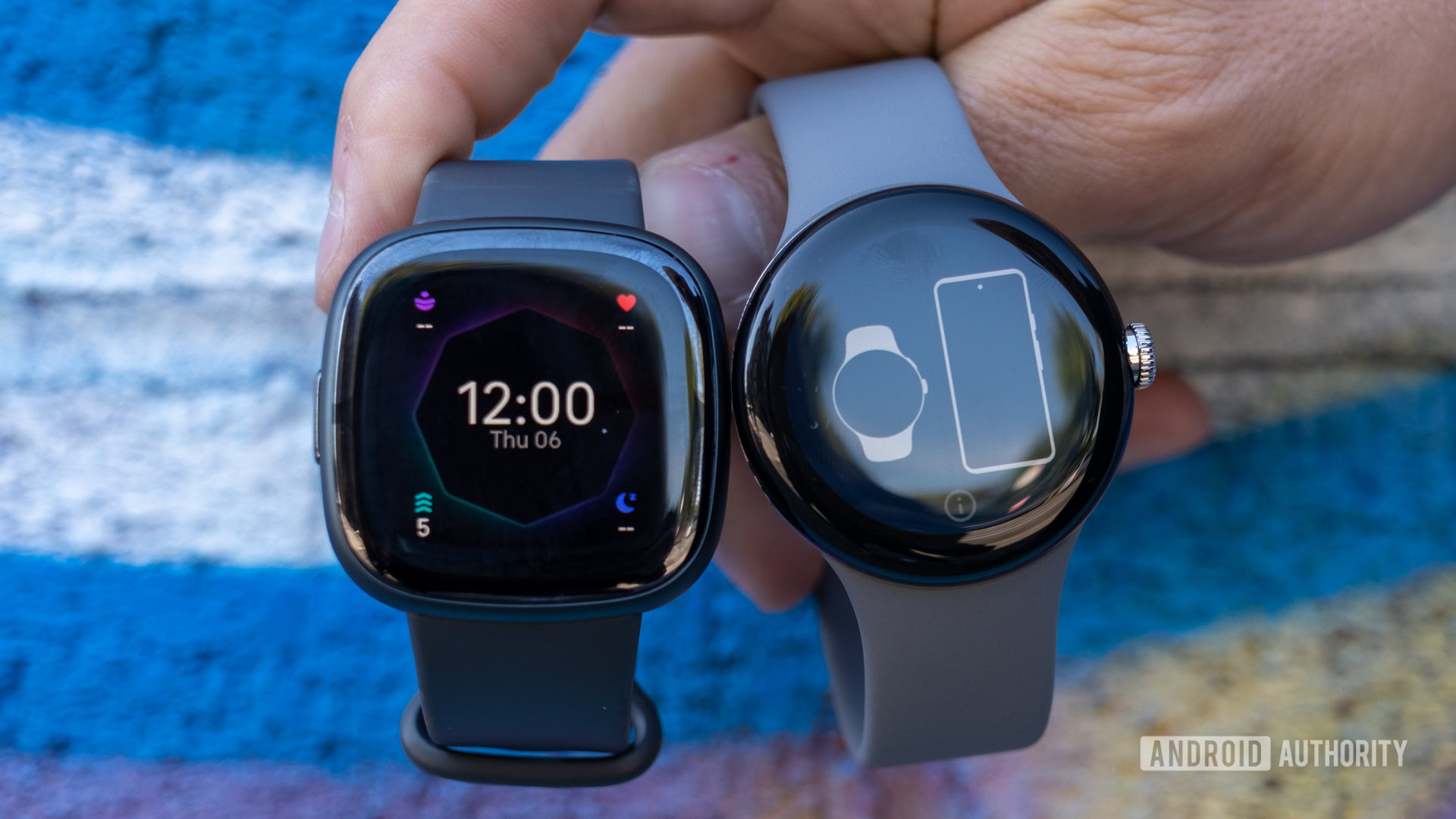
Ryan Haines / Android Authority
We’ve said it before; Fitbit integration will either make or break the Pixel watch. Right now, it doesn’t represent quite everything we were hoping for in a Google/Fitbit user experience. With luck, Google will continue to expand the Fitbit presence and add in some more of the features currently missing. For now, though, it’s clear that the Pixel Watch is a Google smartwatch with Fitbit features, and doesn’t quite offer the full-fledged Fitbit experience.

